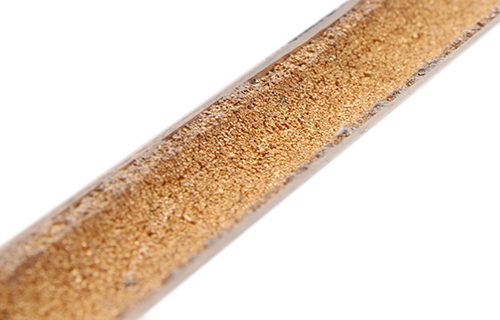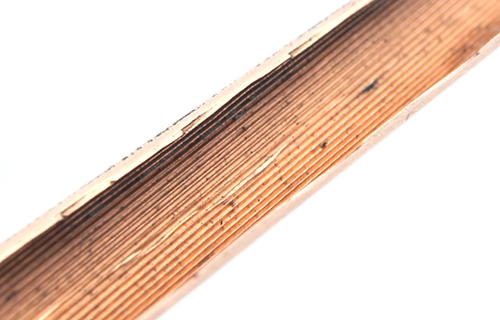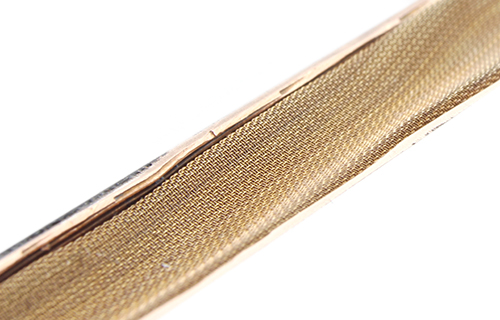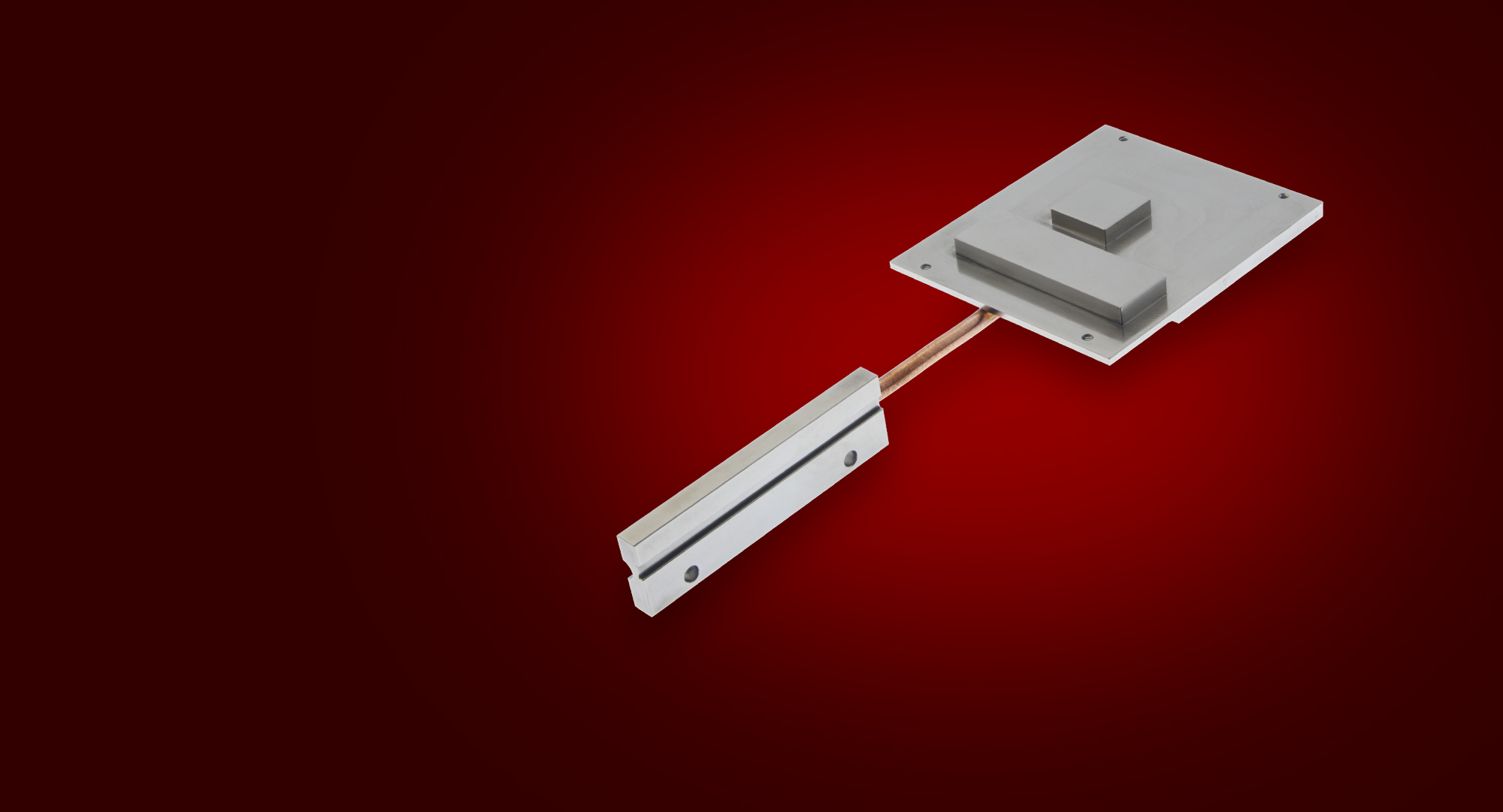Due to its super thermal conductivity, a heatpipe enables efficient energy transport with low losses. It is usually tubular, but is also available in other designs and performance specifications in the form of loop heat pipes (LHP) or pulsating heat pipes (PHP). Inside, the working material evaporates when energy is supplied and moves through the pressure drop to the colder areas. There it condenses, flows back into the warmer areas due to the heavy or capillary force and closes the cycle. Depending on the operating temperature, different working media are used. Depending on temperature and pressure, media such as water, for example, can work efficiently and can be used between 10 and 200 degrees Celsius.
So-called high-temperature heat pipes contain alkali metals that work as the best heat transfer media according to merit number. External conditions form the greatest dependency when choosing the cooling medium. By means of capillary action, the liquid now flows through a wire mesh and transports the heat away to the heat sink. The structure inside usually consists of sinter capillaries, which prove to be very tolerant to bends and can also operate almost independently of gravity. With so-called non-capillary heat pipes, the efficiency depends on the vertical installation position. Of course, the material the heatpipe is made of is also decisive, because not all materials are equally suitable in combination with each other. In the lower temperature range, heat pipes are usually made of copper because the material has a high thermal conductivity – it is also easily cold-formed, corrosion-resistant and long-term stable. In rare cases stainless steel is used, but this is more complex to process due to the material properties. High-temperature heat pipes are made from high-temperature steels or nickel-based alloys.
The range of applications of heat pipes is wide. They are used, for example, in the construction industry, in computer and automotive technology and even in space travel. Wherever it is necessary to dissipate heat to protect components.
Our team is specialized in providing you with the best possible cooling solution for your project. We attach great importance to the wishes of our customers down to the smallest detail. We are able to adapt individual elements to suit your needs through our heatpipe bending service.
Heatpipe heat sink
The efficiency of heat pipes can be increased many times over by a sufficiently dimensioned heat sink. The heat sink itself is usually made of copper, aluminium or, in rare cases, silver. Aluminium heat sinks have the advantage that they are lightweight. However, they do not always provide optimum heat conduction. Copper, for its part, is heavier and conducts heat much more effectively. However, the high weight can be problematic in some applications. Therefore, copper heat sinks are usually smaller and are equipped with a fan for optimum performance. Silver elements offer very good thermal conductivity, but are significantly more expensive to purchase.
Simulation
Heat can be efficiently dissipated with the help of heat pipes that are precisely adapted to the project. For optimal planning, thermal systems can be tested for weak points and evaluated within a simulated test environment using a CFD tool (Computational Fluid Dynamics). This step allows an enormous cost saving in the prototype phase, since this is reduced to a minimum and tests take place in the simulation. Thus, the heatpipe can be adapted to the exact requirements before the start of production and complications can be largely avoided.
Depending on the cooling requirements, the shape of the heat sinks can vary. Our product range includes a large number of different models, which specifically cover every area of application.
Loop heat pipes
Loop hea tpipes (LHPs) differ from conventional heat pipes in several aspects. The decisive feature is the circuit design. LHPs are two-phase heat exchangers that function through the capillary action of a working medium in the form of a liquid. Most often this coolant consists of ammonia and propylene.
A fine-pored wick inside sets a circuit in motion due to the pressure differences in the reservoir and condenser. This design allows heat to be transported over distances of up to several meters, independent of gravity and a working temperature of between -40 and 70 degrees Celsius.



